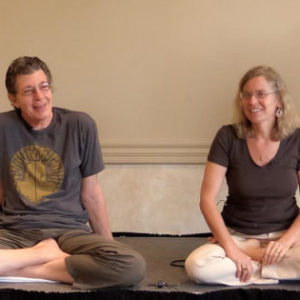ONLINE COURSE CO-TAUGHT BY DR. CLAUDIA WELCH AND DR. ROBERT SVOBODA
Welcome! We’re glad you are here.
In this 5.4-hour lesson we explore how disease takes root, grows and blossoms within the dhātus and srotāṃsi. This model of disease pathogenesis proves elegant for many diseases and pathologies.
Of particular interest to students already familiar with the learning objectives for this lesson, might be the random insights and discussion woven through this lesson–for example, discussions about whether issues with dhātus or srotāmsi are more severe, why some people contract severe diseases without it having progressed through all the stages of disease or whether or not the pathogenesis of every disease fits elegantly into the model of saṃprāpti.
Regarding this particular course, you should know it is one excerpted lesson of our Foundations of Āyurveda Part II course. We are offering each lesson of that course as a stand-alone lesson–like this one–so that people can explore just one topic of interest but, if it seems a little out of context standing alone, it is because it is indeed out of context. But we feel the information presented will be valuable nonetheless.
If you would like more information on this course than what you’ll find on this page, whether it is approved for NAMA credits, etc., kindly peruse the home page–including the FAQs– for Foundations of Āyurveda Part II.
Textbooks: Dr. Vasant Lad’s Textbook of Ayurveda, Volume 1: Fundamental Principles of Ayurveda and Textbook of Ayurveda, Volume 2, A Complete Guide to Clinical Assessment, You can go through this course without either text, relying only on our lectures and handouts, but throughout our lessons we recommended readings from one or the other of these books, to enhance the information.




Reviews
There are no reviews yet.